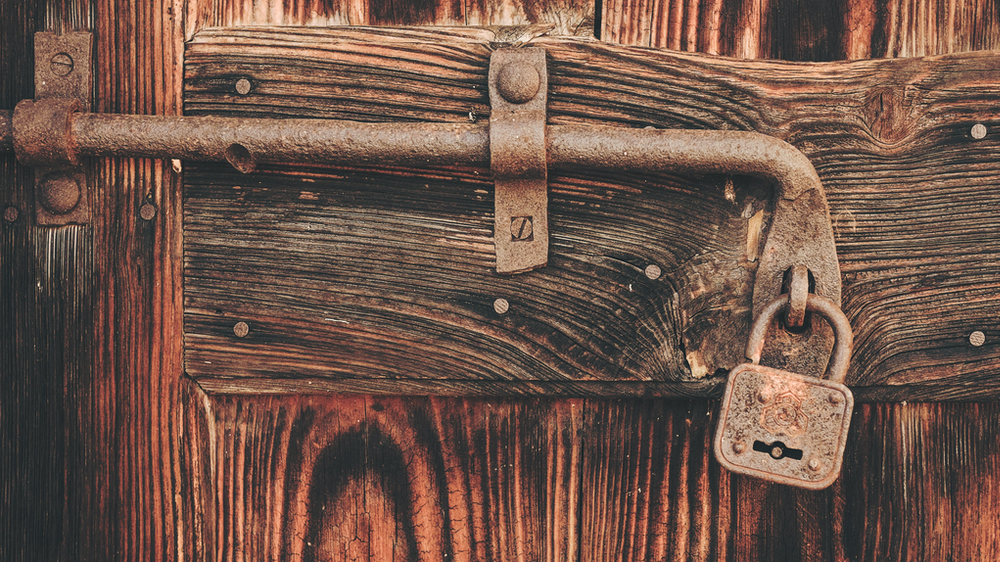When museums began to reopen after lockdown restrictions were lifted in spring 2021, were there any differences between the four nations of the UK?
Our data gives slightly different pictures of the situation depending on how it is analysed. In one view, museums in England were more likely to reopen. In another, Scottish museums were more likely to reopen. Read on to find out more about our analysis.
Between March and November 2021, museum websites increasingly mentioned that they were open. That trend reflects the relaxation of lockdown restrictions. In April 2021, outdoor attractions began to reopen and museums in Scotland were able to reopen towards the end of the month. Museums in the rest of the UK were able to reopen in May 2021. This pattern can be seen in the chart below.

An upward trend can be observed in each nation, and all apart from Northern Ireland show a very similar amount of change. For England, mentions of opening increased by 9% (from almost 45% of museum websites, to 54%), and in Wales they increased by the same amount (from 35% to 44%). For Scotland, there was a slightly smaller increase of 8% (from 42% to 50%). In Northern Ireland the increase was smaller again at 6% (from 47% to 53%). Scotland and Wales show slight downturns at the end of the period, but it isn’t clear what the cause of this might be.
The picture looks somewhat different when examining indications of closure. The chart below shows the percentage of websites mentioning current closure between March and November 2021. As we might expect, the declining trend seen overall for mentions of closure is replicated here. For England, it declined by 17% (from almost 70% of museum websites, to 53%). For Scotland, there was just a 10% decline (from 64% to 54%), and this was the same in Wales (from 58% to 48%). In Northern Ireland, which has far fewer museums, the decline was slightly smaller at 7% (from 50% to 43%).

Mirroring the slight unexplained downturns in mentions of opening for Scottish and Welsh museums, here we see slight upticks for the same nations at the end of the period. But overall, reduced mentions of closure could suggest that, based on the language found on museum websites, museums in England were more likely to reopen than those elsewhere in the UK.
That finding is slightly complicated by manually checking samples of the text we found on museum websites. That textual analysis suggests that Scottish museums were slightly more likely to reopen. In April 2021 – before lockdown was lifted – we found that 556 museums in England explicitly stated that they were closed due to Covid, compared to 101 museums in Scotland, 44 museums in Wales, and 22 museums in Northern Ireland.
By September 2021, four months after restrictions had been relaxed, we found that 106 English museum websites still stated they were closed due to the pandemic, a reduction of 81% from April. By comparison, 16 Scottish museum websites still stated this, a slightly larger reduction of 84% over the same period. Museums in Wales and Northern Ireland showed a smaller reduction.
Although the numbers are quite different, museum websites in both countries mentioning closure due to Covid decreased by the same proportion, 73%. In Wales, 12 museums still mentioned this in September 2021, down from 44, while just six museums in Northern Ireland did so, down from 22. So this analysis suggests that Scottish museums were slightly more likely to reopen than those in England, and museums in Wales and Northern Ireland show lower rates of reopening.
These analyses by the nations of the UK all give slightly different views of the situation. Analysing mentions of opening on websites suggests that museums in England and Wales were very slightly more likely to reopen than those in Scotland, and museums in Northern Ireland the least likely to reopen. Analysing mentions of closure gives a different picture; one that suggests that English museums were more likely to reopen than those in other nations. But a closer analysis of website texts suggests a different picture again – that of Scottish museums being slightly more likely to reopen.
Mark Liebenrood







